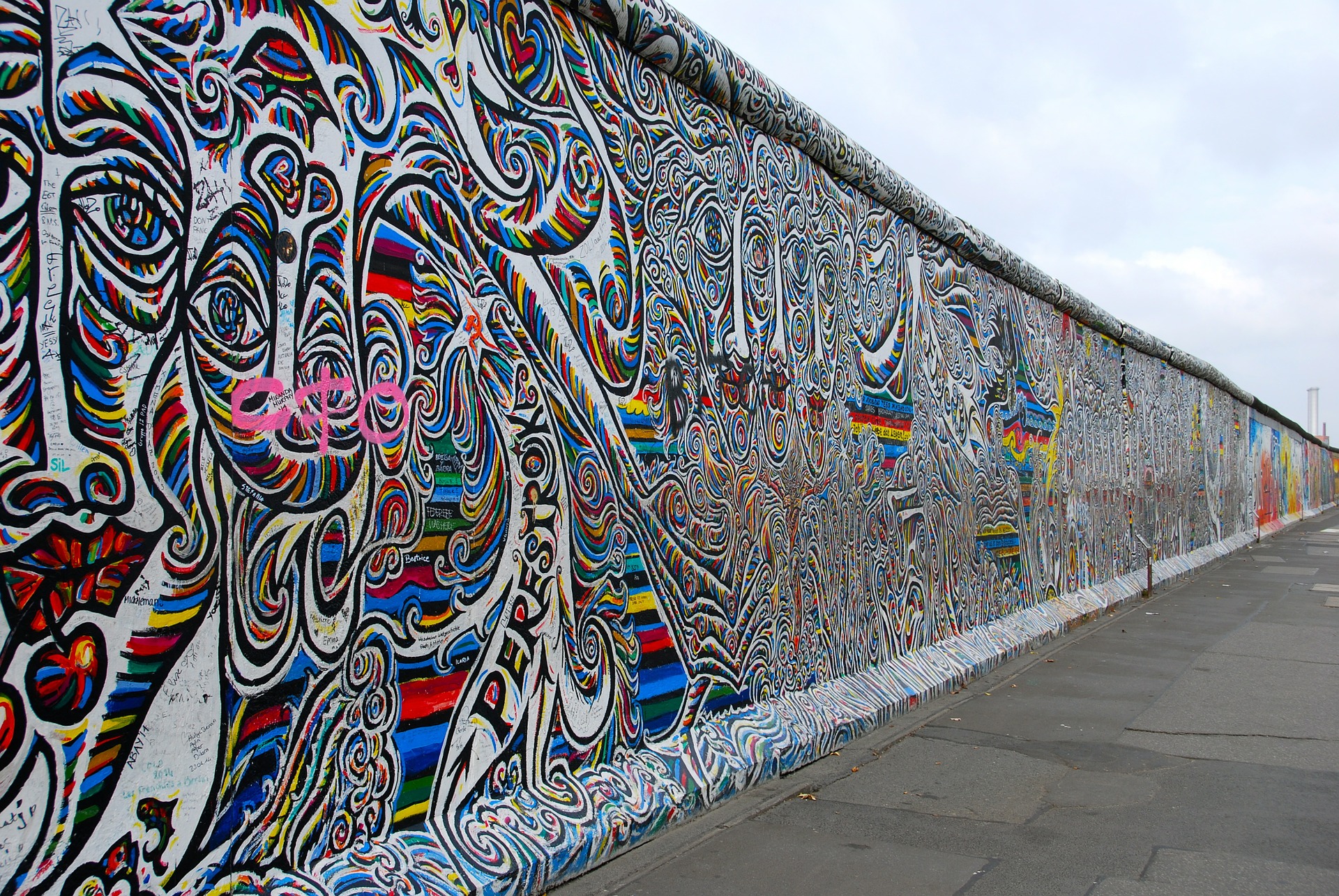Latest News
Why Was the Berlin Wall Built?
August 22nd 2018
By WORLDATLAS
 A simplified explanation of the motivations behind the Berlin wall was that it was built to stop East Germans from traveling or escaping to West Germany. After the second world war, Germany had been partitioned into two: the USSR allied East Germany, and the US allied West Germany. By 1948 life in West Germany which had been getting financial help from the US through the Marshall Plan was far better than East Germany. In East Germany, the communist party had taken over power, and had started a brutal campaign of repression and re-education.
A simplified explanation of the motivations behind the Berlin wall was that it was built to stop East Germans from traveling or escaping to West Germany. After the second world war, Germany had been partitioned into two: the USSR allied East Germany, and the US allied West Germany. By 1948 life in West Germany which had been getting financial help from the US through the Marshall Plan was far better than East Germany. In East Germany, the communist party had taken over power, and had started a brutal campaign of repression and re-education.
Factors that lead to building of the Berlin Wall
When the allies in 1945 defeated the German Reich, it was divided into four zones. Berlin was divided into four sections which were under the joint administration of the four powers (UK, France, US, and USSR). The Soviets wanted total control of the administered zone and worked to towards control of the entire country.
The Partitioning of Germany
Germany was formally split into two in 1949 to form West Germany and East Germany. East Germany was controlled by USSR via the ruling Sozialistische Einheitspartei Deutschlands (SED). SED decided to speed up conversion of the country's economy to socialism. The SED introduced changes that culminated in an uprising on June 17, 1953, in which the protesters demanded free elections and reunification of the divided Germany. The SED brutally crushed the rebellion with the aid of Soviet troops.
The Great Migration of East Germans to West Germany
After the brutality of SED in putting down the rebellion, there was an upsurge in the numbers of people moving from East Germany to West Germany. By 1961 the situation in the Democratic Republic of Germany had become catastrophic. The country could not afford the brain and labor drain it was experiencing as the healthiest and brightest citizens who were assured of better lives in West Germany continued to leave.
Construction of the Berlin Wall
At midnight on August 13, 1961, East Germany's police and army began to close the Berlin border; this was completed by morning. The East Germany's government forces then began to demolish the streets along the border making them impassible to vehicles. By August 17, 1961, construction on a wall made of large concrete blocks began. During the construction, Army units were deployed in front of the construction with instructions to shoot those attempting to cross. By the end of the year, the wall was complete, and a wide expanse cleared to provide a clear line of fire on the would be emigrants. Improvements on the Wall continued until 1980 when the entire wall had been converted to reinforced concrete sections which were 12 feet high and 4 feet wide each. On top of the wall was barbed wire in addition to watchtowers manned with solders having machine guns. By the 1980s, the wall had extended 28 miles through Berlin and covered 75 miles around west Berlin. There were extensive barriers along the border of East and West Germany that covered 850 miles.
The Fall of the Berlin Wall
The demolition of the Berlin Wall began on the evening of November 9, 1989. Over the following weeks, citizens of East Germany began using varied tools to demolish parts of the wall creating unofficial crossing points. Soon afterward the government of East Germany demolished sections of the wall to create ten official crossing points, and by December 22, 1989, it allowed visa-free travel on both sides of the wall. On June 13, 1990, East Germany's army began official demolition of the wall and completed the job in November 1991 signaling the official reunification of Germany.